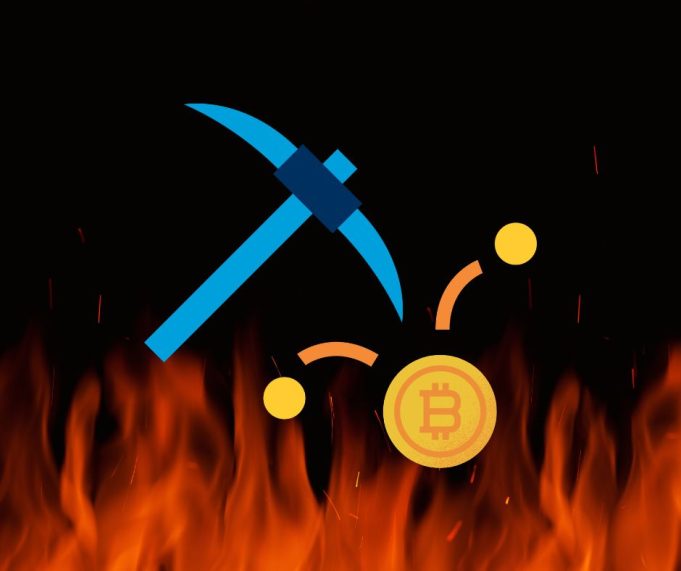Proof of Burn (PoB) is a consensus algorithm for verifying and validating transactions on a blockchain network. It’s being tested as an alternative to both the Proof of Work (PoW) and Proof of Stake (PoS) algorithms, as PoB presents a more sustainable approach with reduced rates of energy consumption. The PoB algorithm was proposed by Iain Stewart in order to create a system where users are able to demonstrate their commitment to the network by burning coins through a new virtual mining power. This process reduces the circulating supply of coins and incentivizes users to act honestly, as it would mean their initial investments would not go to waste.
So, how does PoB work exactly? Well, when a user decides to invest resources on the network, they must burn a certain amount of coins. This is done by sending these coins to an address that was randomly generated and doesn’t have any private key associated to it. By burning these coins, not only does the user demonstrate their commitment to the network, but the reducing of the circulating supply also creates economic scarcity, potentially increasing the value of the crypto coin.
In PoB systems, miners do not need to use powerful computational resources and they do not rely on expensive mining hardware like they would do in a PoW system. Instead, they are able to virtually invest resources in order to get the right to mine and validate transactions. The more coins a user burns, the more mining power they gain. The same rewards obtained by PoW miners are also given to PoB miners, but with a different approach.
Similar to PoS systems, PoB requires users to invest their coins in order to participate in the consensus mechanism. However, in PoS, coins are just locked up and if the user decides to leave the network then they can take the coins back – while in PoB, by burning them they become permanently inaccessible and useless. This creates a more sustainable system as the user could receive the same block rewards as PoW miners, but without needing to dedicate the same amount of resources.
Even though PoB seems like a really promising concept, there are still some controversies about its efficiency and security. It’s not yet been proven to work on larger scales and it needs more testing to confirm its advantages as sustainable approach and reduce its disadvantages, such as the process of burning coins not always being transparent or easily verifiable.
In conclusion, Proof of Burn presents a more sustainable approach when it comes to blockchain consensus algorithms. It reduces power consumption and provides the same block rewards as a PoW system. It also requires miners to demonstrate their commitment by purposely burning coins in order to gain virtual mining power, creating economic scarcity and making it more secure. Despite its potential, this concept still needs more testing in order to be proven secure.













